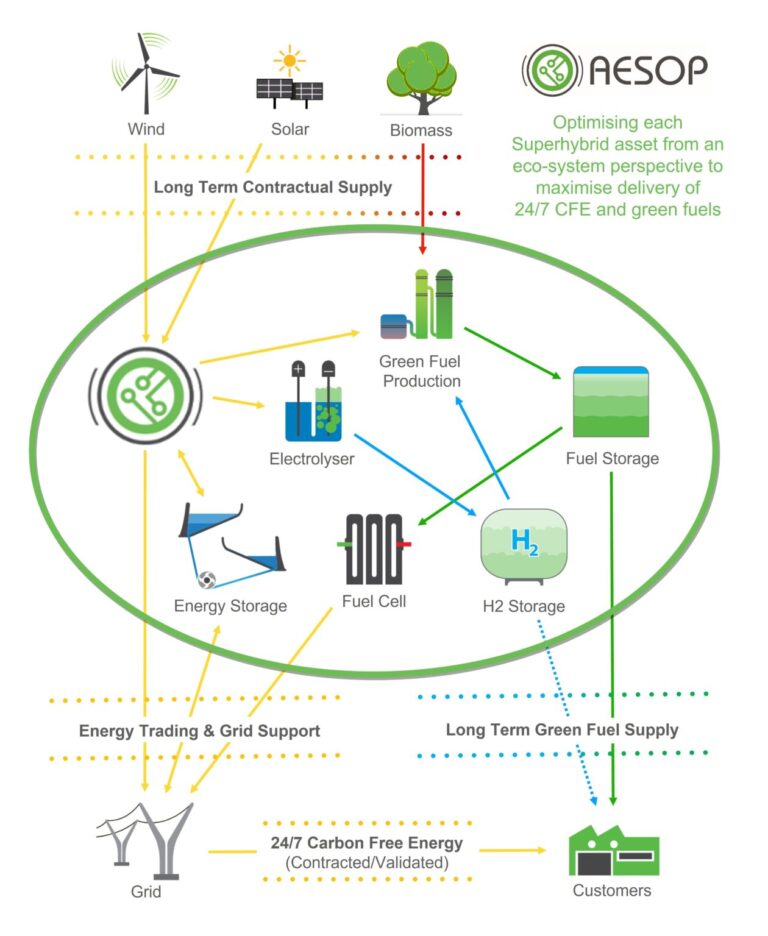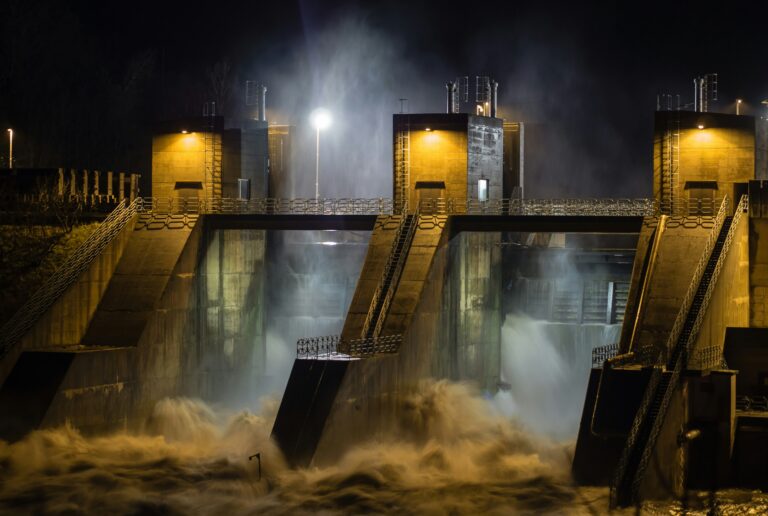By Queenie Lacanau, Assistant Engineer, Sunshine Hydro.

Electricity underpins our society. According to the Australian Bureau of Agricultural and Resource Economics and Sciences, coal feeds the lion’s share of Australia’s electricity market. We all know reliance on coal-powered electricity is now on borrowed time. The question is, how do we reliably replace it? With expectations that Australia’s largest coal-fired power station, Eraring, will close by mid-2025, that question is now imperative.
In this article, I look at a major failure in one of Queensland’s biggest coal-fired power stations, Callide C4, which triggered the loss of 2300 MW from the National Electricity Market (NEM) in May 2021, causing a price spike of more than 60 per cent across four states. A year later, on 10 May 2022, the Australian Financial Review noted that more than 30 per cent of Australia’s coal power capacity was offline, “as the country’s ageing infrastructure requires regular maintenance and suffers unplanned outages.” Callide C4 is expected to return to service in February 2023.
As far as I can see, the May 2021 catastrophic outage at Calide has only one upside. It provides us with a case study that demonstrates the ability of our Superhybrid™ digital twin system to respond to unpredictable circumstances with fast-ramping, reliable, renewable electricity that pushes prices down.
Here I have modelled the expected performance of one of our current Superhybrid projects, Eucalypt, against the combined output of a coal-powered turbine at Liddell Power Station and the gas-powered Colongra Power Station. These power stations are in New South Wales which suffered flow-on effects from the Callide outage.
How do these three measure up to sudden demands like those imposed in May 2021?
The following graphs show the Eucalypt Superhybrid mimicking the best aspects of Colongra and Liddell, providing a consistent output of energy, while attuning its peaking abilities to high prices observed in the NEM.
Graph 1 – Comparison between Fossil Fuel and Eucalypt Superhybrid Electricity Generation.

Graph 1 displays the modelled net electrical energy output seen by the NEM over the month of May 2021. On 25 May, Queensland witnessed a failure in Callide C4, which caused an outage to the operation of nine major generating units. According to the Power System Incident report by the Australian Energy Market Operator (AEMO), that loss of generation caused a reduction in the energy supply of approximately 2300MW across Queensland. This cut into the reserve of the neighbouring state of NSW, triggering high price events over the following days and months.
From Graph 1 we can see our Superhybrid project, Eucalypt (the green line), producing a steady and continuous supply of energy allowing the NEM to maintain its contractual baseload. (Please note that although Eucalypt has a specific 200MW baseload, a Syperhybrid project can be developed in various capacities.) By comparing Eucalypt’s green line on the graph with the combined coal and gas line, you can see Eucalypt is much more responsive to the price changes in the electricity market.
Graph 2 – Coal-fired Callide Power Station Outage Impacts

Graph 2 provides a closer look at the impacts during the Callide outage as observed in the NEM and models the fast response of our Superhybrid during this period. Here Eucalypt’s peaking capabilities are also shown to far exceed a typical steam turbine, as demonstrated by the green lines on the graph reaching higher electrical output values during times of high spot prices. Some values reach up to a 1200 MW difference. As a generation plant alone, Colongra Gas has a registered capacity of 724 MW. The peaking capability of our Superhybrid however is shown to continually surpass even the combined performances of the gas-powered station of Colongra and coal-powered unit of Liddel which attains a maximum peak (26th May) of approximately 1000 MW and, in some cases, does not peak at all during times of high prices. This can be observed between 27 and 28 May.
So Eucalypt can match the coal and gas generators. What’s the big deal? The big deal is that Eucalypt’s reliable green line on the graph represents 100% renewable, carbon-free energy.
Sunshine Hydro’s Superhybrid system integrates multiple technologies for energy production from wind, solar, deep-storage pumped hydro and green hydrogen. To manage the internal processes of these multiple technologies, our proprietary artificial intelligence digital twin software, AESOP (Advanced Energy Storage Optimising Program) allows our engineers to simulate and optimise pumped hydro projects so they maximise revenue and provide reliable energy all year round without requiring fossil fuels or generating greenhouse gases.
In addition to supplying green electricity to the grid, our Superhybrid also produces liquid hydrogen, providing further investment in the future that is renewable energy. Our Superhybrid project produces approximately 70 tonnes of liquid hydrogen per day – enough to decarbonise about 1000 long-haul heavy vehicles.
Our modelling shows these results are typical, and that our Syperhybrid can replicate these results all year round.
The continued use of fossil fuels comes at a cost to our environment in terms of increasingly perpetuating the impact of climate change and air pollution. In acknowledging an unsustainable cycle of energy production and consumption, however, we need an affordable, reliable alternative – and the Sunshine Hydro Superhybrid system is exactly that. With Mike Cannon-Brookes dedicated to the decommissioning of Australian coal-fired plants by 2030 and Oliver Yates pushing for alignment with Paris climate targets, we must be sure we have a way to keep the lights on 24 hours a day, 365 days a year. Electricity underpins Australia’s society and here we’ve seen Sunshine Hydro’s Superhybrids reliably underpinning that electricity – rain or shine, still or windy, night or day.



